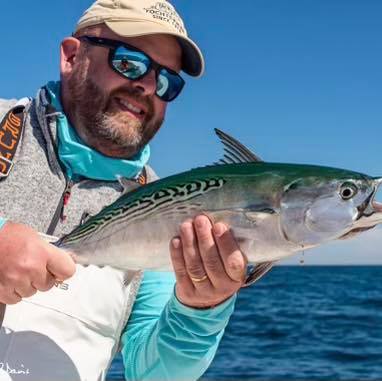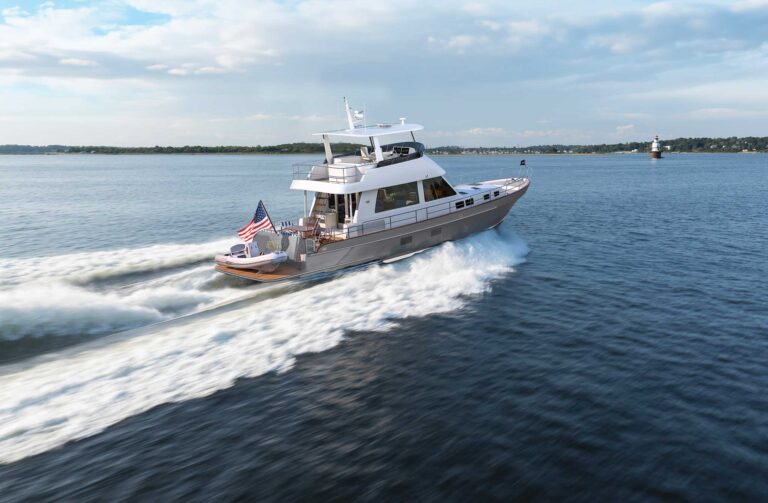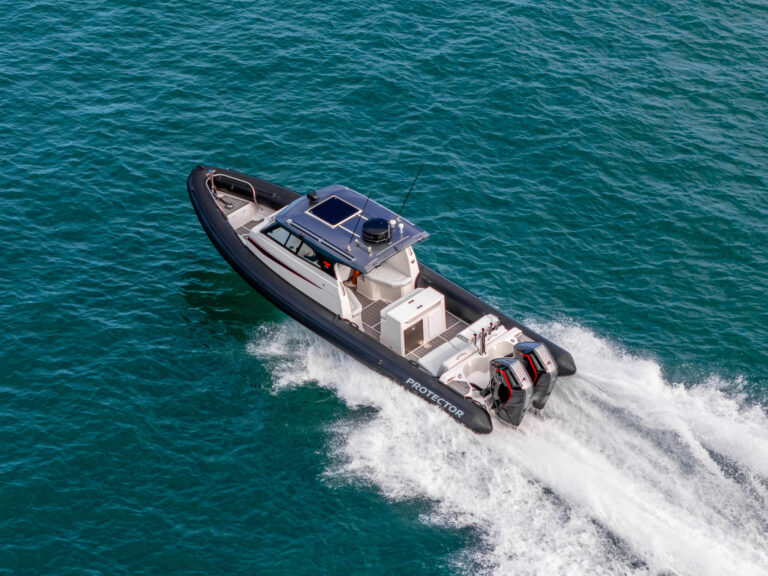
Every year at Super Bowl, I break one of my own cardinal seafood consumption rules: I buy a dozen and a half of what my local seafood outfit calls, “Big Bay Oysters.” These huge wild oysters range in age from five to seven years in age and are as long as six or seven inches. They are the perfect size for Oysters Rockefeller and are much larger than the farmed oysters that are usually available.
For my upcoming Super Bowl party, however, farmed oysters will have to do. Maryland officials just released a stock assessment for wild, market-sized oysters in Maryland’s portion of the Chesapeake Bay, and it doesn’t look good. The population currently stands at 300 million. That’s half of where the wild oyster assessment numbers were in 1999.
Michael Wilberg of the University of Maryland’s Center for Environmental Science said the organization spent 18 months working on a model that can estimate oyster numbers in Chesapeakie Bay, according to an interview in the Capital Gazette newspaper. In his analysis, Wilberg found 19 out of 36 areas of the bay were overfished in the 2017-18 season.
How can you help? Most important is limiting your consumption of wild Chesapeake Bay oysters, both shucked and in the shell. Farmed oysters are an excellent alternative and have many benefits for the waterways where they are farmed, not the least of which is that an individual oyster can filter as much as 50 gallons of water daily. You can also donate to causes such as the Oyster Recovery Partnership, an organization that plants millions of oysters in the Chesapeake Bay each year.











